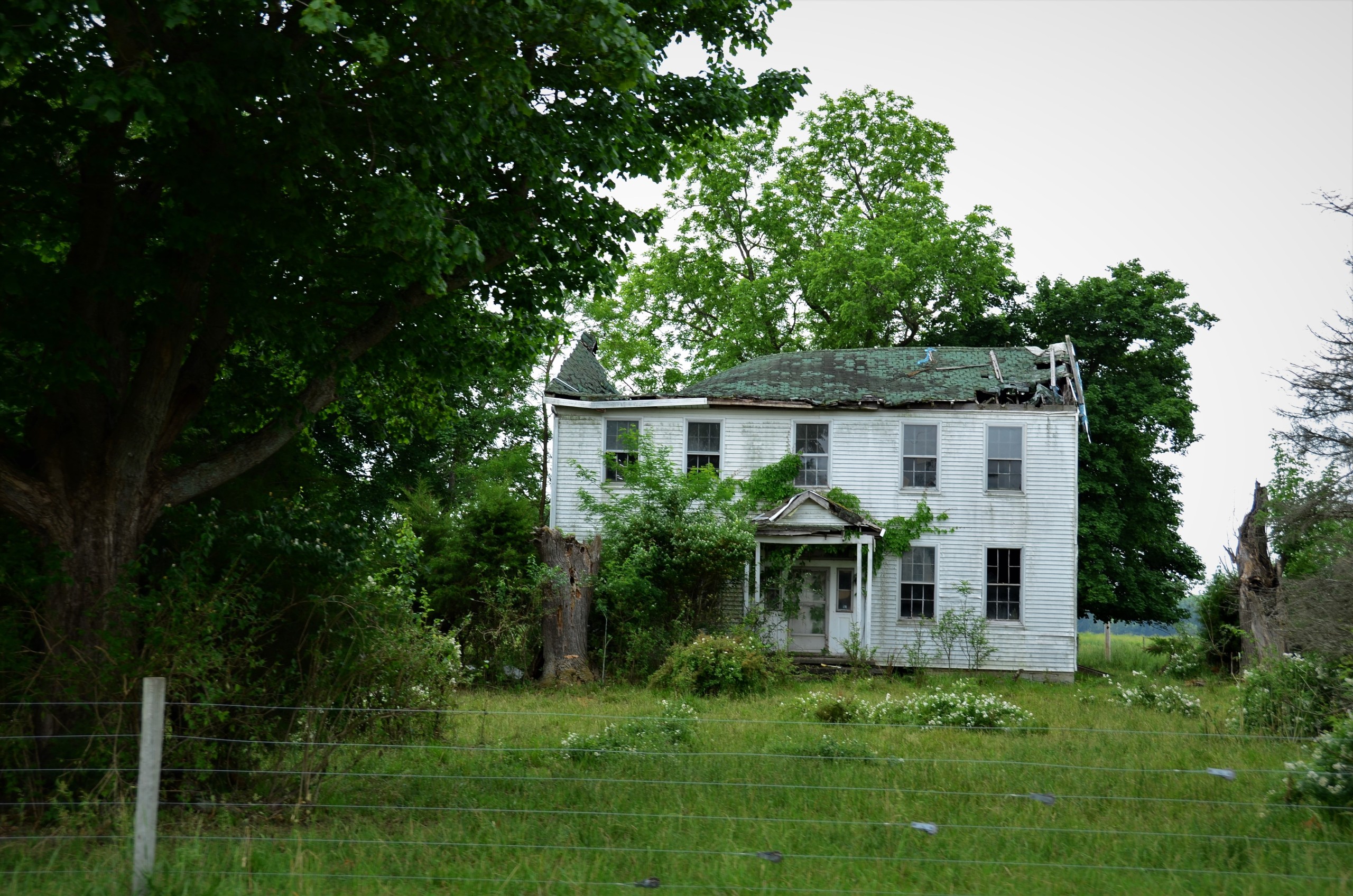Looking for investment rental properties can be a huge challenge, especially for a novice investor. It’s not just a matter of finding a real estate agent to help you buy, or looking up property values on Redfin and Zillow. You need to think broader, and understand what type of investment you really want — and can actually handle.
That’s where property classes come in. Property classes are a quick way to get an idea of a property’s quality, whether it’s commercial or residential. While the sale price helps you calculate mortgage and commission payments, the property class gives you an idea of the everyday texture and future prospects of a property and neighborhood.
So what’s the difference between, say, a Class A property in downtown Denver, and a Class C property on the outskirts of Colorado Springs? Let’s look at what distinguishes each property class, the upsides and downsides of each, and what type of investor should target each respective class.
Class A
Class A properties are the gold standard of real estate — new(ish) and in excellent condition.
Generally, they are either historic properties or built in the past 10 to 15 years, have top-quality amenities and finishes, and are located in a very desirable area. Because of these characteristics, they generally have high-earning tenants, very low vacancy rates, and are professionally managed. They’re well-maintained, and the new owners won’t have to deal with deferred maintenance.
If there’s a downside here, it’s that the buy-in for Class A properties is very high — few investors have enough cash on hand to buy a Class A property, which means they’ll need investment property loans — and overall cash flow could be low. But you get what you pay for. Class A properties make great “buy and hold” investments, as they maintain their value extremely well over time.
Class B
These properties are slightly less desirable than Class A properties, but still fairly solid.
Class B properties are generally older than Class A properties (up to 30 years old), and feature medium-quality finishes and amenities. These properties often have deferred maintenance issues that the new owner will have to deal with on day one, and may have lower-income tenants.
On the plus side, Class B properties are often in very desirable locations, and only need minor work done. That means that with a little investment and polish, they can often be upgraded into Class A properties. Smart investors with a discerning eye can often get themselves a future Class A property at a much lower price than an established Class A property, just by shopping for Class Bs.
Class C
Properties in Class C have moderate to serious issues. They’re often more than 20 years old, generally in less desirable locations, and need significant renovations and repairs. Core systems like plumbing or electrical may need replacing, appliances are usually subpar, and they have high vacancy rates. Upgrading them to a Class B property will be difficult and costly.
All that being said, Class C properties have a relatively low buy-in, which makes them attractive to investors who may just be starting out. And while they come with low rents, those low acquisition costs mean you’ll have a healthy cash flow.
Class D
These properties are old and often show signs of serious neglect. They need a lot of repairs and renovations just to meet the minimum level of habitability and are located in undesirable locations with high crime rates. Tenants can be unpredictable, and Class D properties often have high vacancy rates.
There isn’t a ton of upside here, aside from very low acquisition costs. These properties are often targeted by flippers who are either anticipating gentrification, producing quick and easy rentals, or by investors who don’t have a ton of funds.
Which Class of Properties Is the Best Investment?
The obvious — and, in some ways, correct — answer here is that Class A properties are the best investment. But the reality is more complicated than that.
Class A properties are great investments because they require very little upfront work or deferred maintenance, and they generally hold their value extremely well over the long term. On top of that, the typical Class A tenant also stays for a long time, which gives the landlord some stability. However, in the event of an economic downturn, these high-income tenants are often the first to be affected. And even under normal circumstances, it can take a while to fill vacancies in Class A properties, since qualified tenants will be relatively rare.
But there can also be significant upside for savvy investors who put money into Class B, Class C, and even Class D properties. The fact is, many Class A neighborhoods and properties started out as Class B, C, or D before being rehabilitated and gentrified. This 2019 list from Realtor.com details several neighborhoods that experienced remarkable appreciation over short periods of time — headlined by one Detroit neighborhood that went from Class D to Class B or A in just half a decade, seeing a staggering 526% increase in median sale price.
If you’re an investor who has access to granular neighborhood data or can access MLS (even though you don’t have a real estate license) to see listings before the public, this can be a great way to uncover hidden value.
The bottom line is that the best class of property for you is going to depend largely on your appetite for risk. If you have a lot of capital to invest, and you want to preserve that capital, Class A is the choice for you. If you’re more of a speculator, Class B, C, and even D can be great bets if you have an eye for the market.
 Luke Babich is the Co-Founder of Clever Real Estate, a real estate education platform committed to helping home buyers, sellers, and investors make smarter financial decisions. Luke is a licensed real estate agent in the State of Missouri and his research and insights have been featured on BiggerPockets, Inman, the L.A. Times, and more.
Luke Babich is the Co-Founder of Clever Real Estate, a real estate education platform committed to helping home buyers, sellers, and investors make smarter financial decisions. Luke is a licensed real estate agent in the State of Missouri and his research and insights have been featured on BiggerPockets, Inman, the L.A. Times, and more.




